|
by Sarah Momo Romero While the heat in L.A. keeps it feeling like summer all through September, the crowds of parents and kids walking to my neighborhood elementary school are a reminder that back to school time is here. It’s time for new classrooms and lessons, brand new school supplies and for some, new friends. Making friends, like many new experiences in childhood, happen in all sorts of fun and surprising ways. These picture books capture some of the most entertaining friendships, real, imaginary, and even with different species. 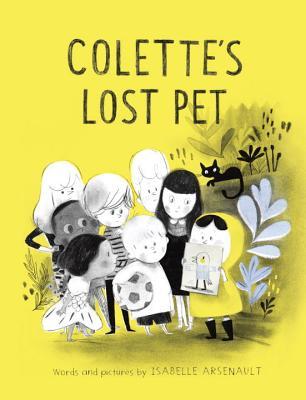 Colette paints the most elaborate and adventurous stories about her lost pigeon in Colette’s Lost Pet by Isabelle Arsenault. Colette’s “lost pigeon” becomes grander and more impressive with each page turn. The author illustrator relies on a simple color palette to guide the reader’s eyes to her character’s curious, amused, and delighted expressions. And Arsenault’s beautifully rendered illustrations, filled with fun details of smudges, dabs of pattern “rendered in pencils, watercolor, and ink with digital coloration in Photoshop” add to this charming story of a fantastic imagination and new friendships.
Do you have a favorite picture book about an unlikely or memorable friendship? Share it here!  Sarah Momo Romero is a Japanese Peruvian American artist, a graphic designer by day and children's book author and illustrator by night. She’s loved drawing and painting since she was chiquita and now crafts stories of adventure and wondrous creatures. Sarah is an active SCBWI member who draws inspiration from her life in sunny Los Angeles with her husband/creative partner and dog/infamous escape artist, Peanut. Look out for her first picture book coming out in Fall 2018! You can find more of Sarah's musings and drawings here: www.sarahmomoromero.com Facebook: Sarah Momo Romero + Instagram: @sarahmomoromero + Twitter: @sarahmomoromero by Bryan Patrick Avery Well, Summer is coming to a close. This means that I’ve spent a fair amount of time away from home the past few months. Practicing magic can be a struggle on the road, but it also reminds me that it is the journey, not the destination, that matters. Being away from our comfortable surroundings can bring challenges, but those challenges push us, and can make us better. The same is true in stories. When our characters journey away from the familiar, they learn things about themselves that might not have otherwise discovered. This makes them, and their stories, more interesting. This month, we’ll take a look at three middle grade novels where the characters embark on a journey and end up better for it. “The Magic Misfits”, written by award-winning actor (and magician) Neil Patrick Harris, tells the story of Carter, a young, very talented magician who lives with his crooked uncle. We first meet Carter as his is running away from his uncle, hoping to leave that chapter of his life behind. With no food, money, or plans, he ends up in the small town of Mineral Wells. Through an older magician in town, Carter meets several young magicians who, much like himself, are outcasts. When they discover that the head of a circus that’s come to town is out to rob the city blind, Carter and his friends construct the ultimate magic show in an attempt to save the city. What makes Carter’s journey so engrossing for the reader is the fact that he literally can’t go back the way he came. This means he must find a way to make this new life work, whether it’s in Mineral Wells, or elsewhere. This is what James Scott Bell refers to as the Doorway of No Return and it propels the story forward, ratcheting up the stakes at every turn. Perhaps one of my favorite runaways can be found in E.L. Konigsburg’s “From the Mixed-Up Files of Mrs. Basil E. Frankweiler”. Claudia Kincaid, tired up being taken for granted by her family, decides to run away. She can’t go just anywhere, though. She must find the perfect place. Once she finds it (the New York Metropolitan Museum) she and her brother Jamie execute a (mostly) well thought out plan. Readers are pulled into the story as we see how the siblings will fare in the city, what they’ll eat, and where they’ll sleep. Most importantly, though, we wonder when they’ll go home. When a new statue arrives in the museum, complete with a mystery to solve, Claudia decides she must solve it before she can return home. This book is over fifty years old and has withstood the test of time. One of the most unique things about it is that it is told from the perspective of Mrs. Frankweiler, instead of the children. This gives the story a unique voice for middle grade (Mrs. Frankweiler is truly unique) that compliments the story quite well. The second of Kirby Larson’s wonderful Audacity Jones books is “Audacity Jones Steals the Show”. In this book, Audacity is once again recruited for a mission, this time in New York City. There, she and her best friend Bimmy meet Houdini, and must stop a plot to interfere with his latest magical wonder, making an elephant disappear. The suspense is enough to keep any readers engaged, but Larson’s depiction of Audacity’s reaction to the New York, and the people she meets there, gives the story a depth that keeps the reader turning pages even in less suspenseful moments. As an added bonus, the story is told from different character’s points of view, including that of Audacity’s cat. This allows the reader to better bond with the characters and allows for a larger story landscape. Larson’s book is well worth the read for it’s entertainment value, but writers can learn a lot from his approach to storytelling as well.
Well, that’s all for now. Happy writing, and have a magical month! by Melissa Stoller Lyrical language is often a key ingredient in the magic of picture books. The precise language used in picture books is especially important because authors have a limited amount of words to work with. Every word must count: to advance the story, create an image, sound pleasing in some way, heighten anticipation, create interaction, control pacing, foster connection, and elicit emotion. Authors should pay close attention to rhythm, rhyme, and literary devices when working in this concise format. Also, since picture books are meant to be read aloud, the sound of each word separately and all the words together should lead children to want to hear the story (and adults to re-read the story), sometimes again and again. And of course, the words are only a portion of a picture book. The action and feeling that an author’s words convey will hopefully open up a world of possibilities for an illustrator to use as a springboard to create the world surrounding the words. Here are five examples from recent picture books where lyrical language stands out: 1) “Even my voice tries to hide; it’s gotten quiet and whispery.” Geraldine, by Elizabeth Lilly. The personification of the giraffe’s voice perfectly shows her isolation. 2) “Instead, they stopped beside a meadow filled with creatures wiggling and waggling, fetching and frolicking.” Sterling, Best Dog Ever, by Aidan Cassie. The lively alliteration brings the action of the creatures alive. 3) “Iver shakes his head at the zipping cars and trucks below. ‘Everyone’s going somewhere,’ he says. ‘We can see the whole world from up here. That’s enough somewhere for me.’” Iver & Ellsworth, by Casey W. Robinson, illustrated by Melissa Larson. This lyrical language conveys so much history and emotion surrounding the characters in just a few words. 4) “Other things for sharing: a jump rope, your place in the middle, a rhyme, time, a boat, a stream, your towel, warmed by the sun.” Pie is for Sharing, Stephanie Parsley Ledyard, illustrated by Jason Chin. The internal rhyme and unexpected visual images conveyed by the language heighten the sentiments found in the story. 5) "Some bridges are rickety, ratchety, swinging and swaying their way to beautiful, hidden away places.” A Book of Bridges: Here to There and Me to You, written by Cheryl Keely, illustrated by Celia Krampien. The alliteration and internal rhythm in this sentence convey the feeling of bridges leading from one place to the next. * * * Next time you’re drafting a picture book manuscript, pay particular attention to the language to ensure that each word contributes to the story, and that the words together create imagery, emotional resonance, and a magical read-aloud quality. BIO: Melissa Stoller is the author of the chapter book series The Enchanted Snow Globe Collection - Book One: Return to Coney Island and Book Two:The Liberty Bell Train Ride (Clear Fork Publishing, 2017 and 2019); and the picture books Scarlet’s Magic Paintbrush and Ready, Set, GOrilla! (Clear Fork, Fall 2018). She is also the co-author of The Parent-Child Book Club: Connecting With Your Kids Through Reading (HorizonLine Publishing, 2009). Melissa is an Assistant for the Children’s Book Academy, a Regional Ambassador for The Chapter Book Challenge, an Admin for The Debut Picture Book Study Group, and a volunteer with the Society of Children’s Book Writers and Illustrators/MetroNY. Melissa has worked as a lawyer, legal writing instructor, freelance writer and editor, and early childhood educator. Melissa lives in New York City with her husband, three daughters, and one puppy. When not writing or reading, she can be found exploring NYC with family and friends, traveling, and adding treasures to her collections. CONNECT: www.MelissaStoller.com http://www.facebook.com/MelissaStoller http://www.twitter.com/melissastoller http://www.instagram.com/Melissa_Stoller http://www.pinterest.com/melissastoller Hi everyone, I've been in love with children's book illustrator and writer Christy Hale and her work for some time. She's a Girl Genius who does some of the best conceptual nonfiction illustration and writing around. When people think of illustration, they may recognize the skills and techniques in the art, but they often aren't aware of the ideas and thinking that goes into making the art really powerful in its own right. In books like Water Land: Land and Water Forms Around the World and Dreaming Up: A Celebration of Building, Christy makes those kinds of visual smarts really clear through the power of juxtaposition. I'm going to start with Water Land, which plays with the concept of figure/ground or figure/field reversal. The Rubin Vase is a wonderful near relative of this, where if you look at the image one way you see a vase, and if you look at it another, you see two faces in profile. Christy takes this idea to a whole other level where she uses a really limited color palette, texture, pattern, and die cuts (engineered shapes cut out of the paper) to flip from land to water and back again with page turns. It takes a very different kind of brain to be able to figure this kind of abstract stuff out to make it concrete and understandable for kids.Needless to say I'm a little in awe. This book is a really brilliant way to teach the science of different kinds of landmasses or forms and different kinds of bodies of water. I'm sure science-loving teachers and parents really appreciate how much fun Christy has made this – even for very young kids. For example, on the very first spread, we see a kid playing underneath the tree and a guy fishing in the lake, the lake is a die cut-out shape of blue, and the land is yellow with a teeny bit of brown on the tree and red on the fall leaves and a foreground branch. We turn the page and see the kid is madly making an SOS out of a leaf that has now become a fire and that fall tree has turned into a pair of Island coconut trees while the guy is fishing off an island and has just hooked a bottle that says help. Now, it's not just an image of different land and water forms, it’s a delightful small story. We turn to a new page and it's a bay scene with kids playing ball. One kid points to a shark in the water. Eek. The sense of drama heightens. We turn the page again to see that color has become a landmass called a cape complete with a lighthouse. Kids are windsurfing and that shark is now a ways away, no longer so threatening. Christy is playing with expectations and the element of surprise in that we really don't know what's going to come next. Each pair of page turns is a small story that reflects life in its many forms on both land and water. Christy uses a very graphic style of illustration. But what makes this book really sing is her use of texture and pattern. It's amazing what she's been able to do with mostly primary colors and the occasional brown or black or green. I don't want to give the whole book away because it's just really fantastic and I want you to buy it and have it in your library to tease out the many small stories in this book and learn from the minimal text and gorgeous art, but I will say that there is a fabulous pullout or gateway fold (a big page that opens up) that is so dramatic in it's graphic representation to totally show how land-forms and water forms appear throughout the world. It's breathtaking as is the whole book. I learned things I didn't know from this and had a fabulous time exploring how a genius mind can shine. The second book from Christy that I want to share with you is Dreaming Up: A Celebration Of Building. Like most of Christy’s work, Dreaming Up features diverse characters in a really quiet way that is appreciated. Here what Christy has done is take different kinds of architecture and juxtapose it with similar forms in the natural world. Like Land Water, this story is ingenious and heartwarming. Here are a couple of examples. As you can see, Christy’s work is pretty extraordinary. I hope that you’ll explore more of her work at ChristyHale.com You can also follow Christy on Facebook, Twitter and Pinterest! Last but certainly not least, I'm thrilled to share a personal interview with Christy in the Craft & Business of Illustrating Children's Book course that starts next month. You do not want to miss this! With Warmth, Mira |
We are so excited to be mixing things up at CBA, beginning with some delicious additions to the Blogfish. Meet our awesome bloggers!!
Here's our lineup: 1st Mondays begin with former school psychologist Dr. Debra Collins who will be writing about Social emotional Learning in kidlit and behind the scenes as well as Jewish children's books. 2nd Mondays will feature super smart Melissa Stoller whose career is taking off with several new books. 3rd Mondays will feature our new blogger coming soon. 4th Mondays features new blogger, the fabulous Brentom Jackson, who has a beautiful approach to blogging. And 5th Mondays we'll be taking a break Archives
July 2024
|
|
Discover
|
About Us
|
Join Us
Join our Community and receive a fabulous free gift, KidLit tips, newsletters, scholarship info, contests, and more!
Join our KidLit Mentorship |
Social Media
Interact with our FaceBook Group or follow us on:
|
© 2010-2024 All content on this website is copyrighted. Sorry, all courses are non-refundable.
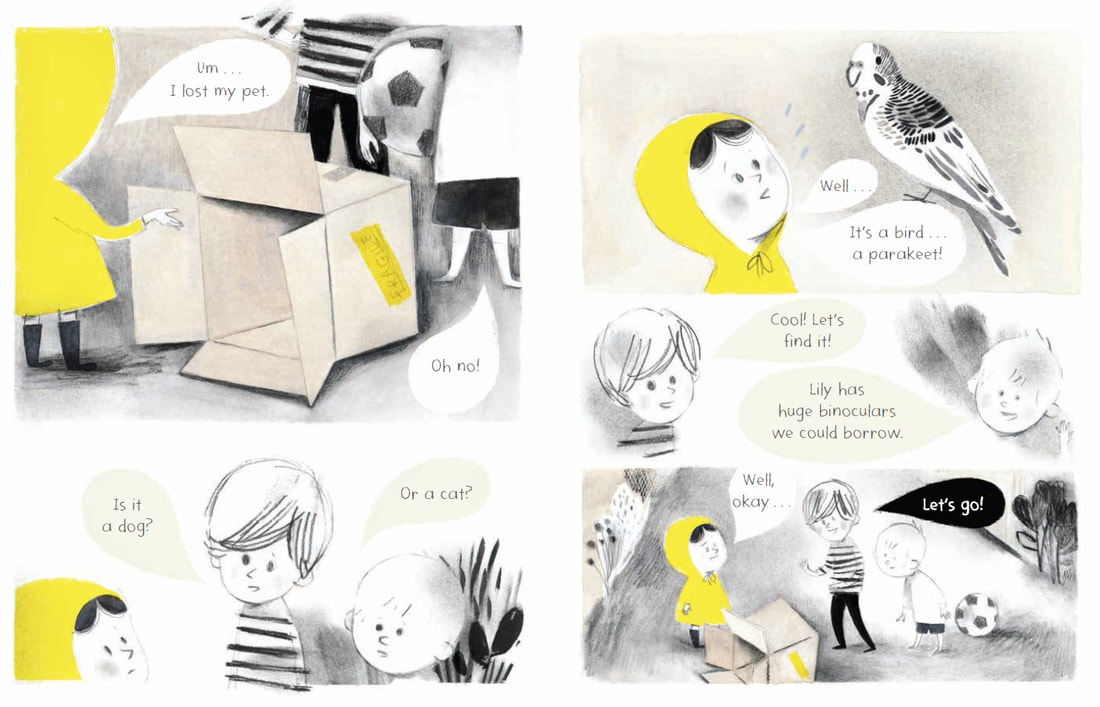
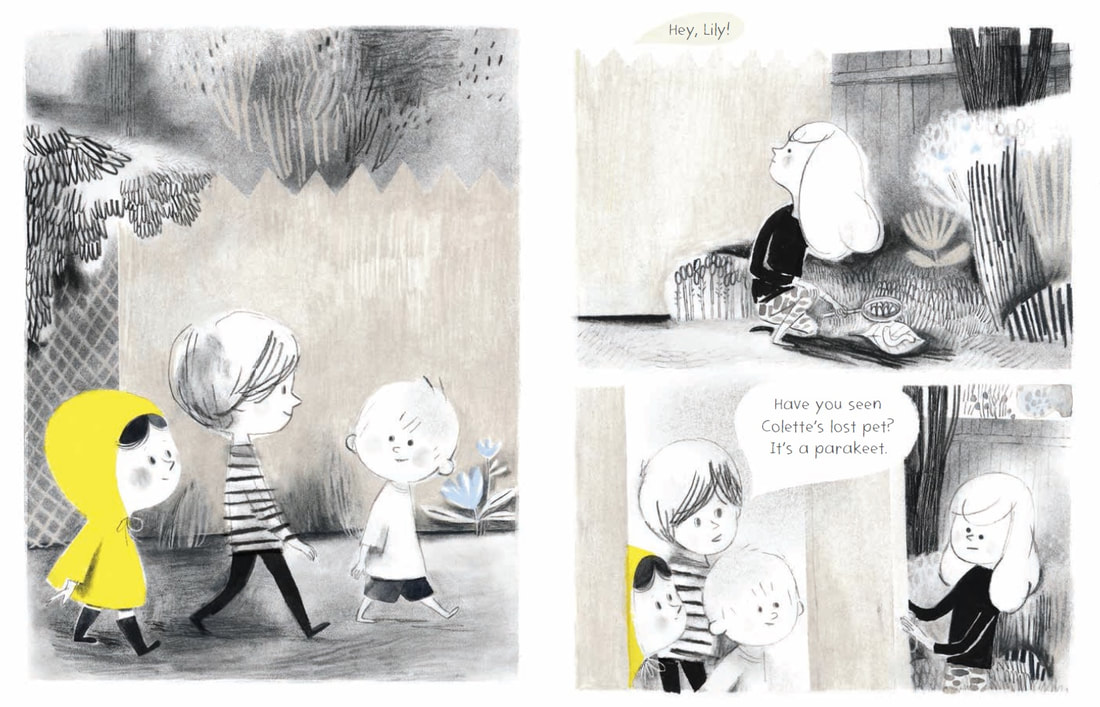
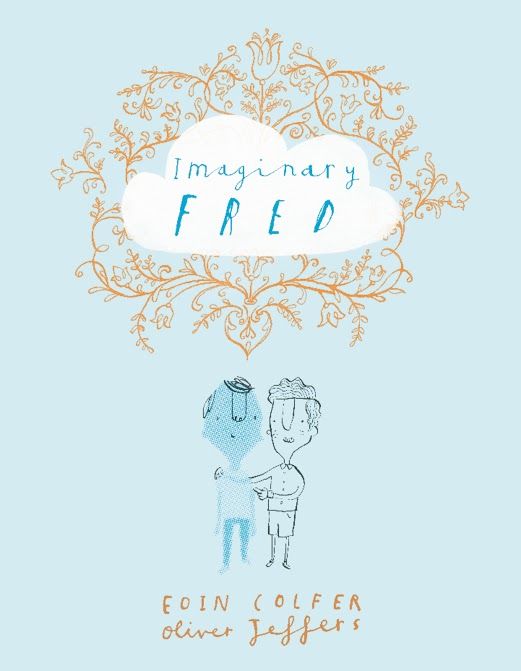
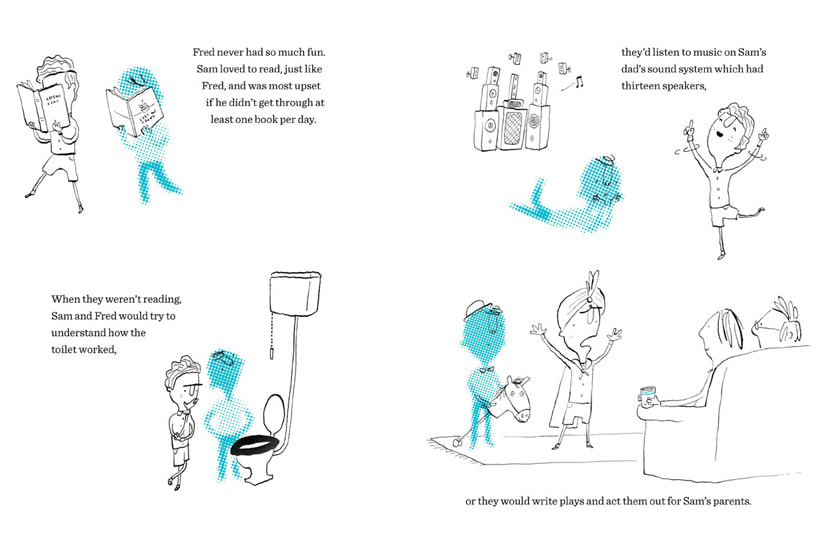
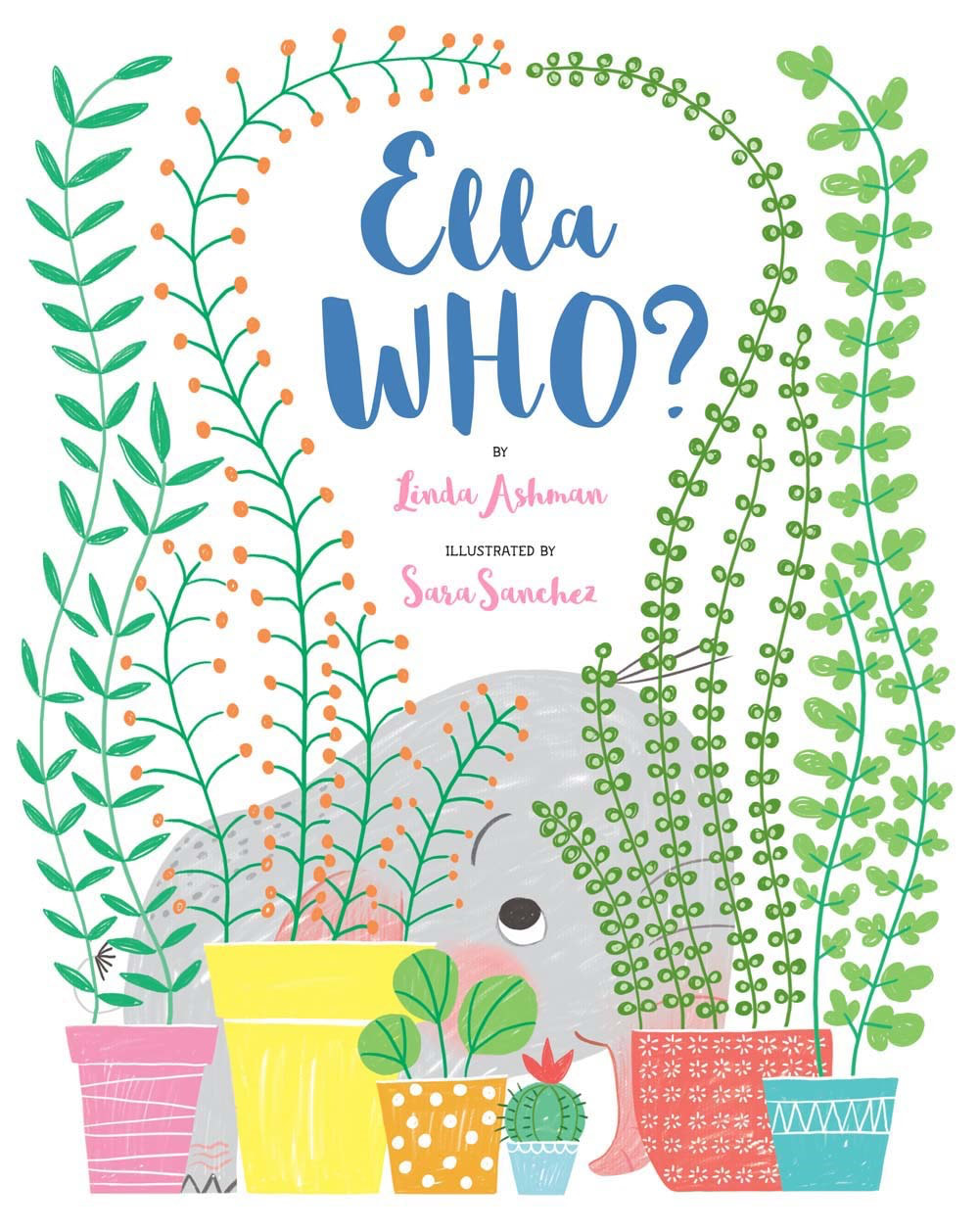
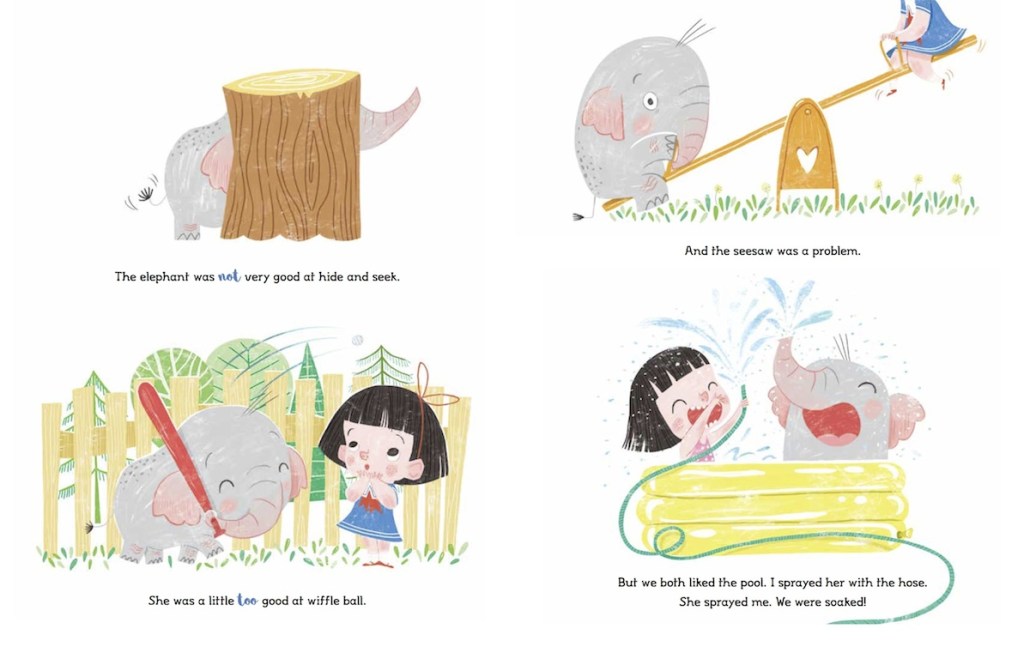
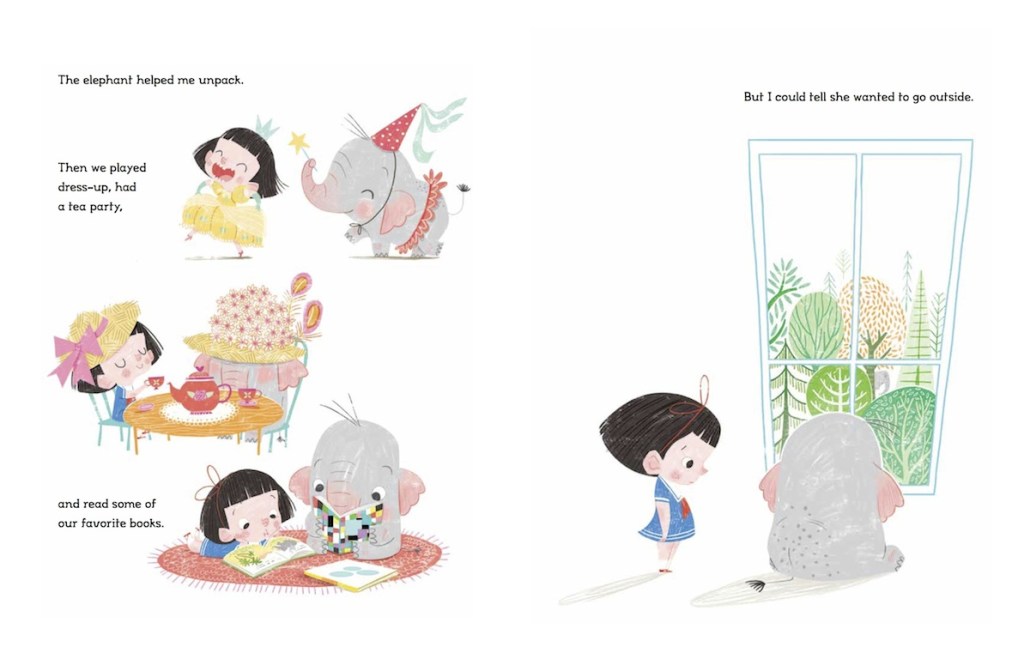
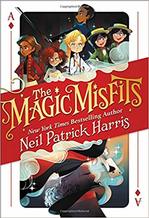
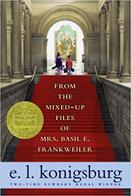
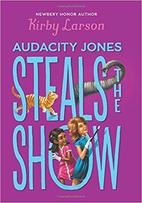
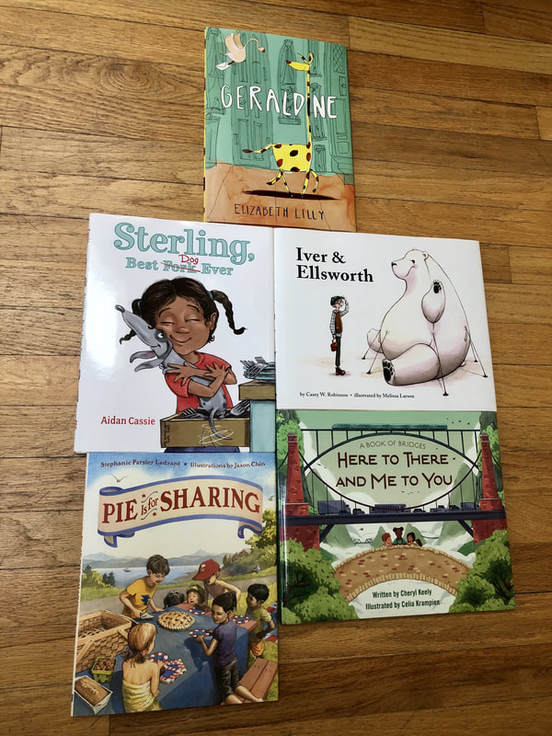
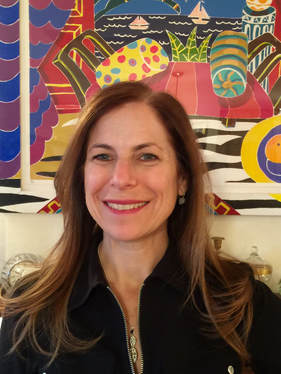
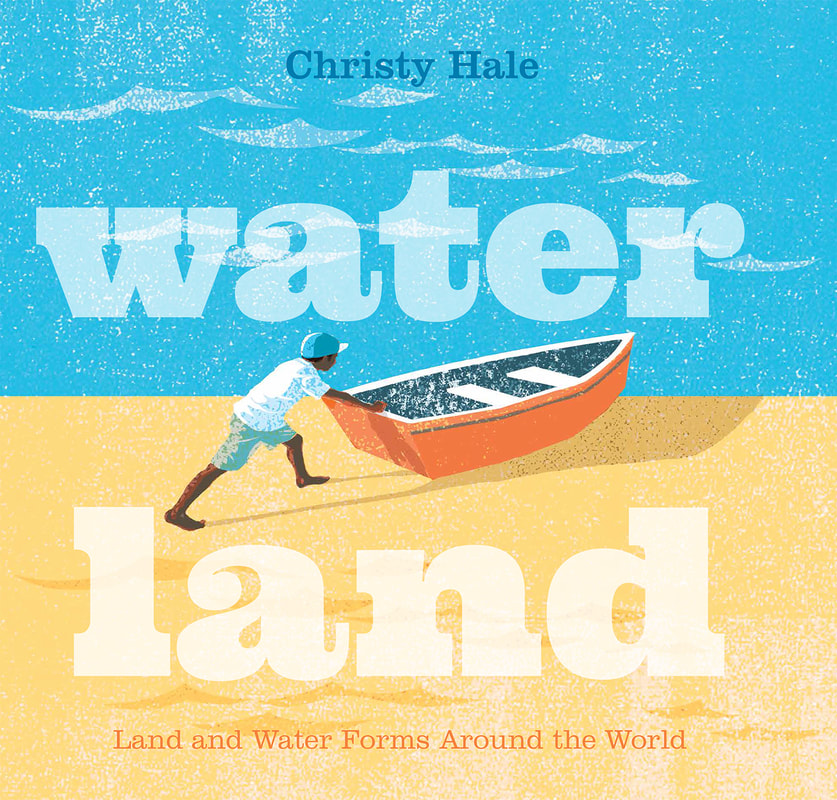
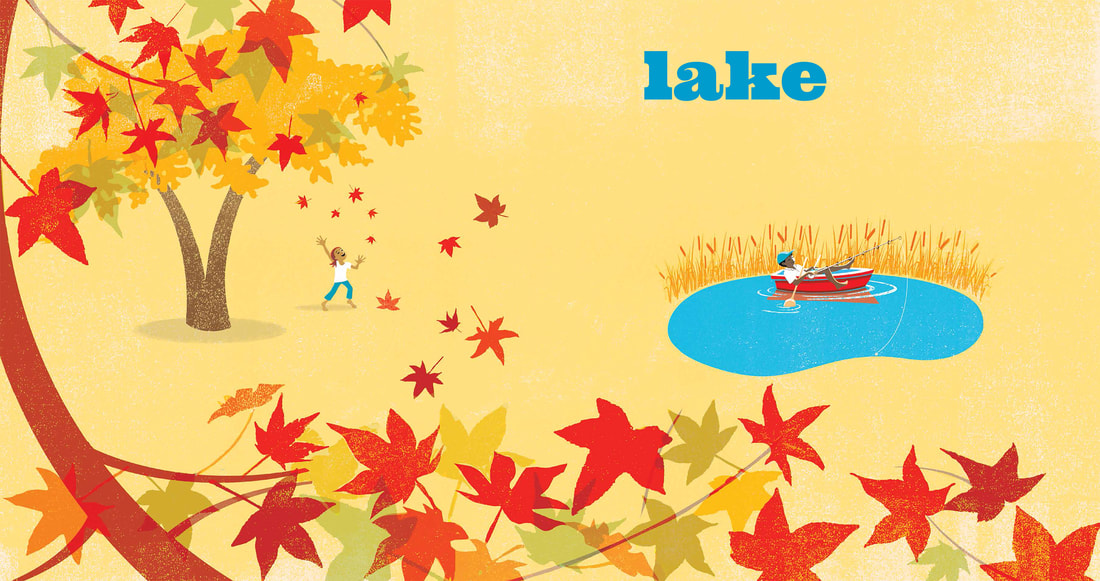
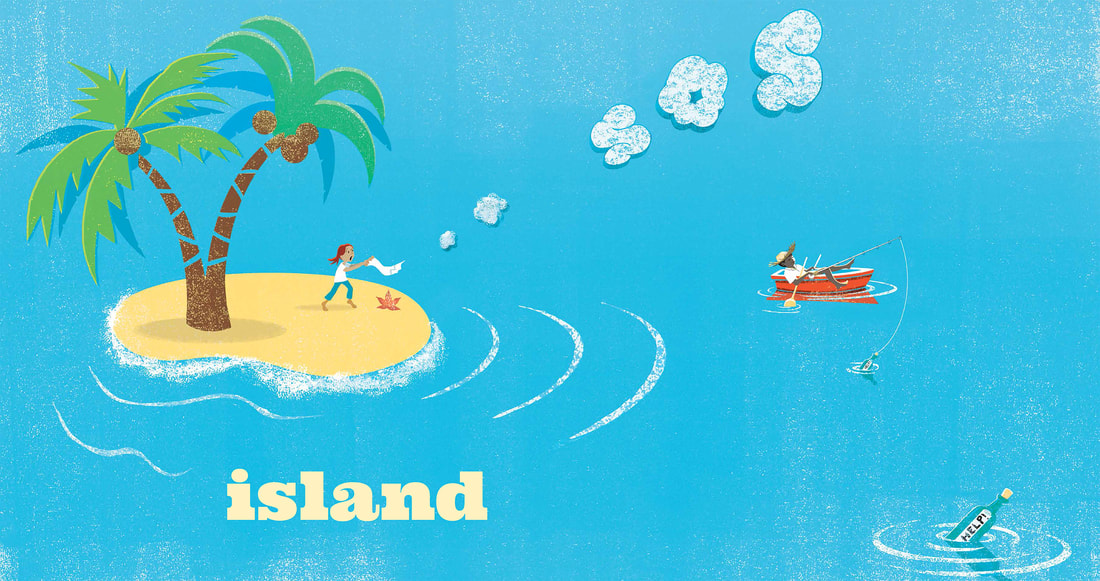
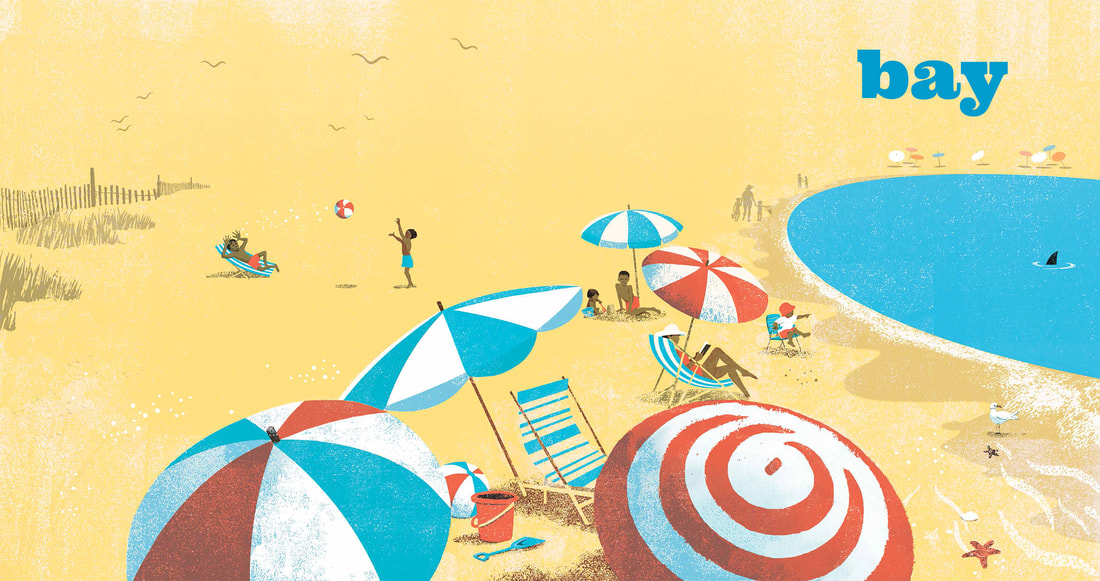
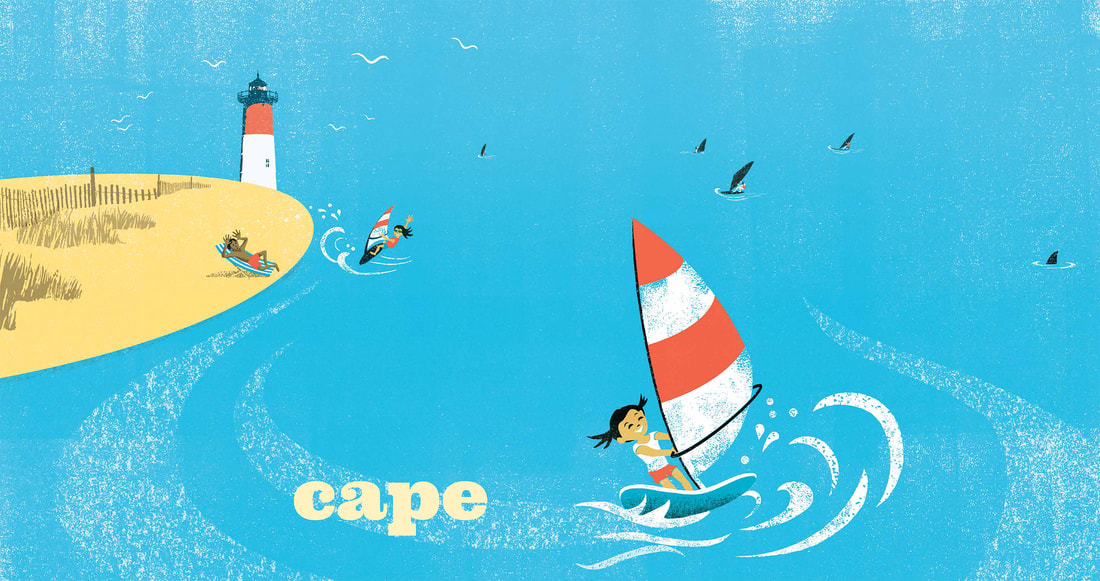
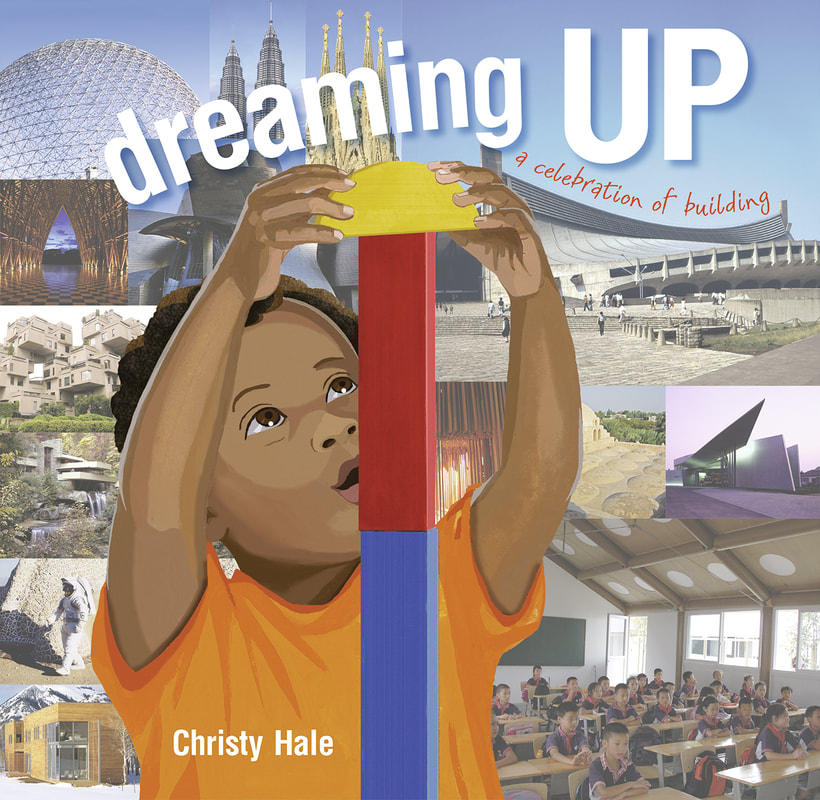

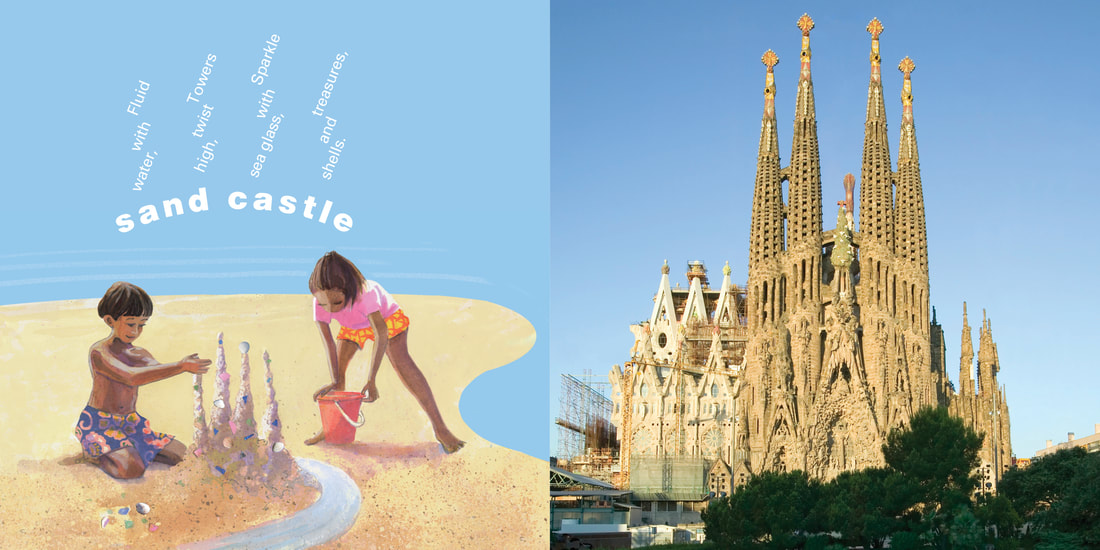
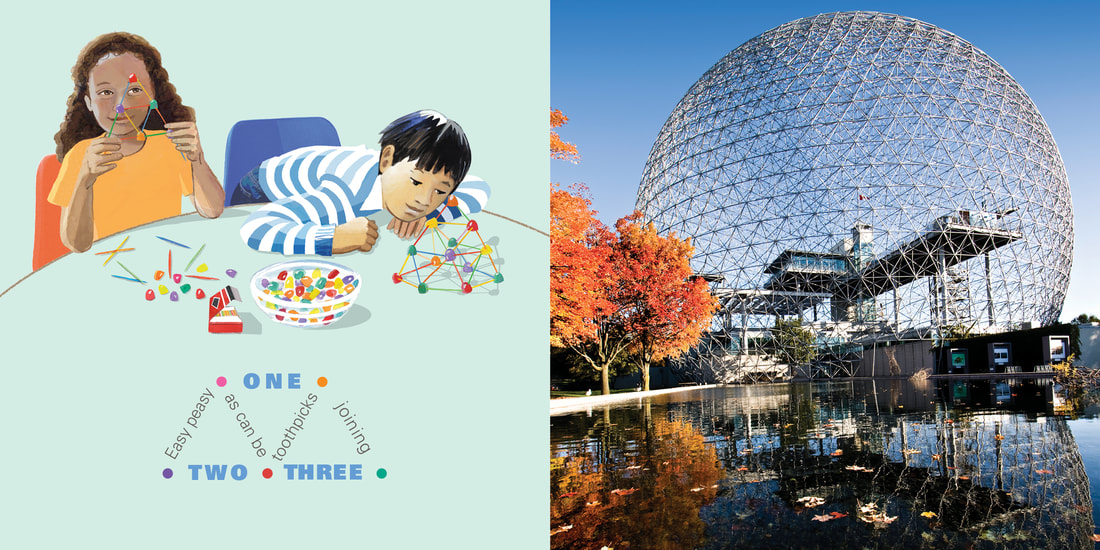
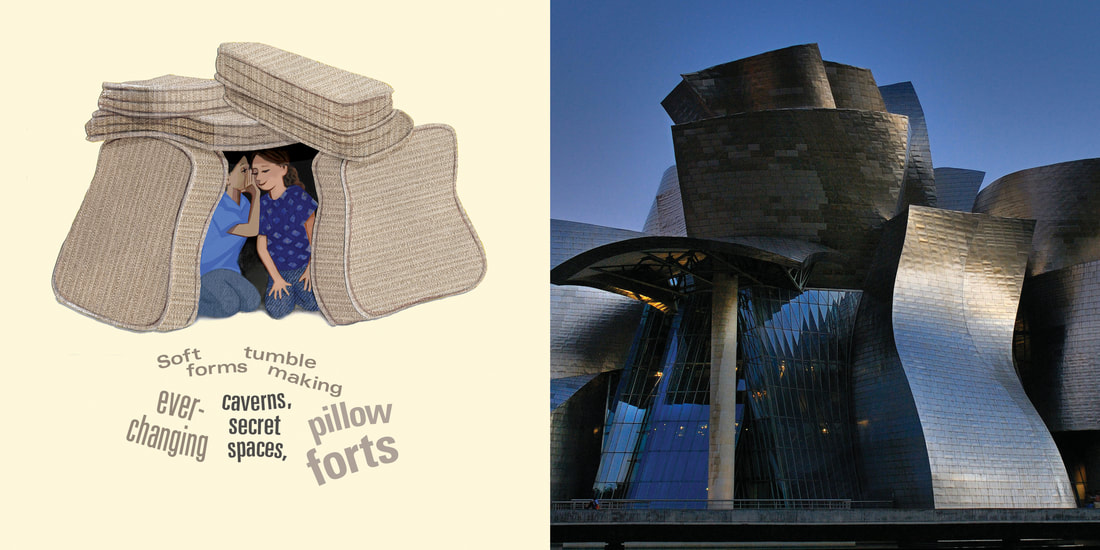
 RSS Feed
RSS Feed
